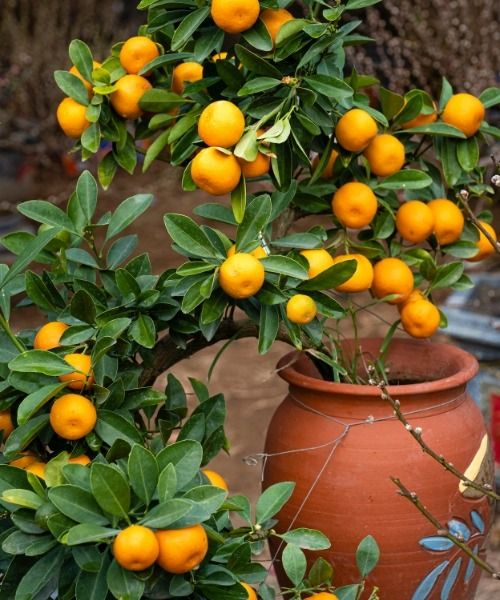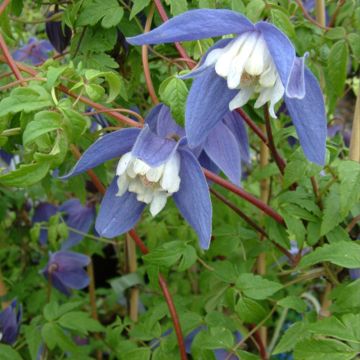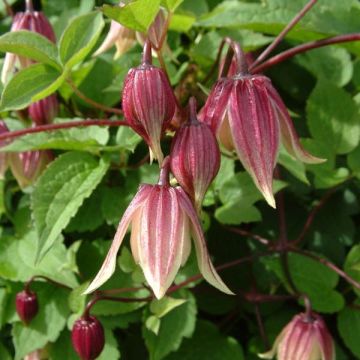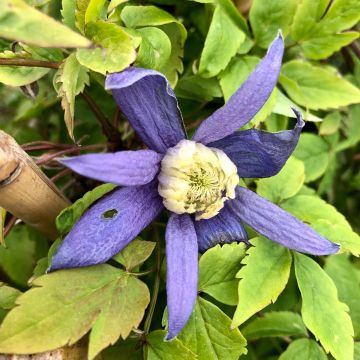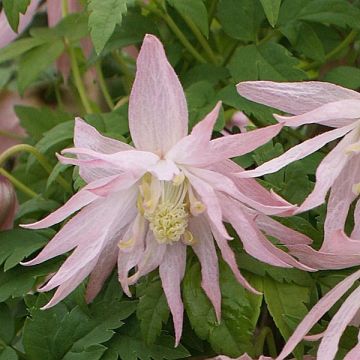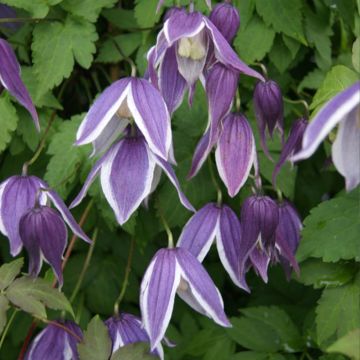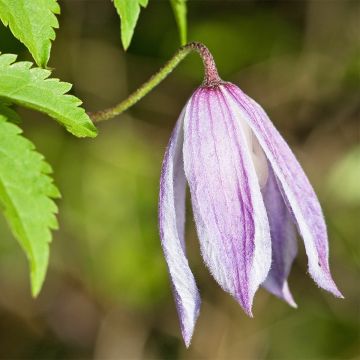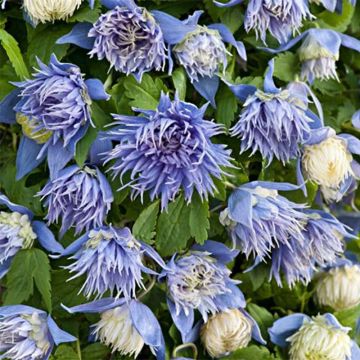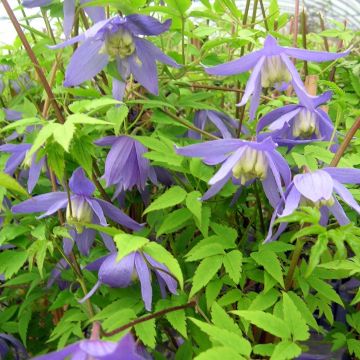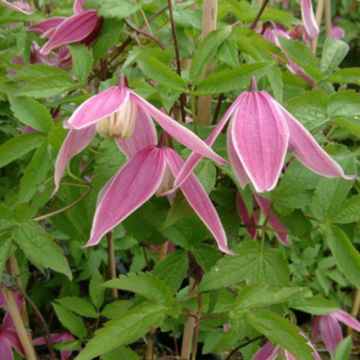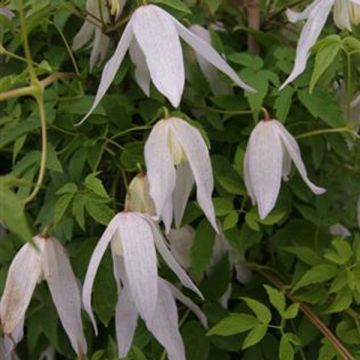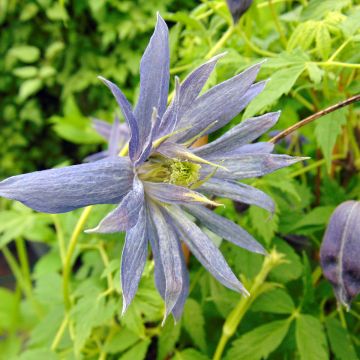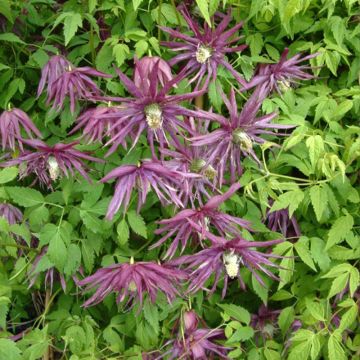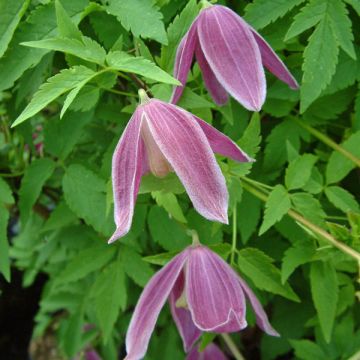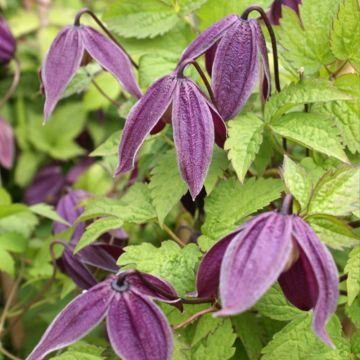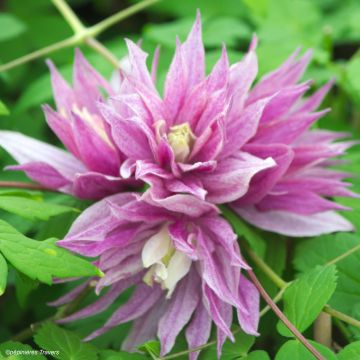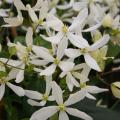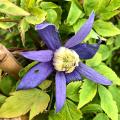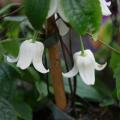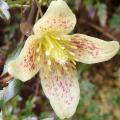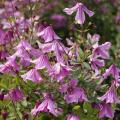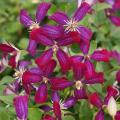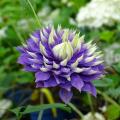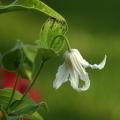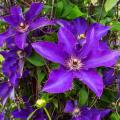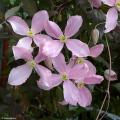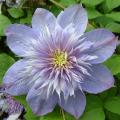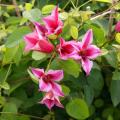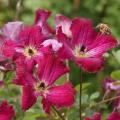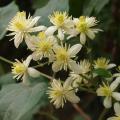Clematis Atragene
Would this plant suit my garden? Set up your Plantfit profile →
Available in 1 sizes
Available in 1 sizes
Available in 1 sizes
Available in 1 sizes
Available in 1 sizes
Available in 1 sizes
Available in 1 sizes
Available in 1 sizes
Available in 1 sizes
Available in 2 sizes
Available in 1 sizes
Available in 1 sizes
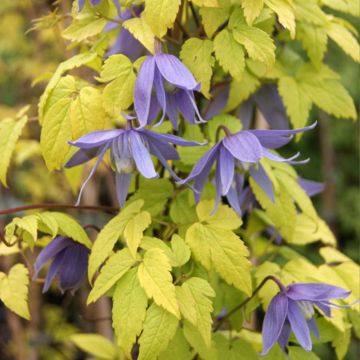
Available in 1 sizes
Available in 1 sizes
Available in 1 sizes
Available in 1 sizes
Available in 1 sizes
Available in 1 sizes
Available in 1 sizes
Available in 1 sizes
Available in 1 sizes
The Clematis of the Atragene group includes the varieties Clematis alpina, C. koreana, and C. macropetala. These are deciduous climbing plants which flower early on the previous year's growth. Vigorous plants, their leaves are compound, petiolate, or sometimes dentate. The inflorescences are presented as solitary flowers or clusters in cymes. On the young branches, the first flowers develop towards the end of the vine. The flowers of the Atragene group are bell-shaped and often pendulous, measuring 4 to 12cm (2 to 5in) in diameter. At the end of flowering, seed heads appear, terminated by a persistent feathery style, which is very decorative. Flowering lasts from March to August, with beautiful re-flowering in summer depending on the variety. Hardiness of the Clematis in the Atragene group varies between -7 and -34°C (19.4 and -29.2°F) depending on the species. After flowering, light pruning can be done to remove dead or damaged stems. Atragene Clematis should be planted shallowly, in moist, humus-rich, and well-drained soil, in full sun or partial shade.
Haven't found what you were looking for?

































